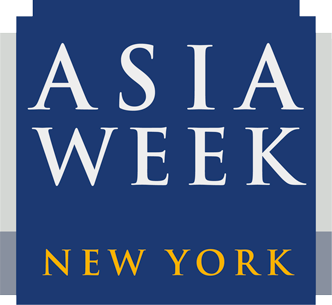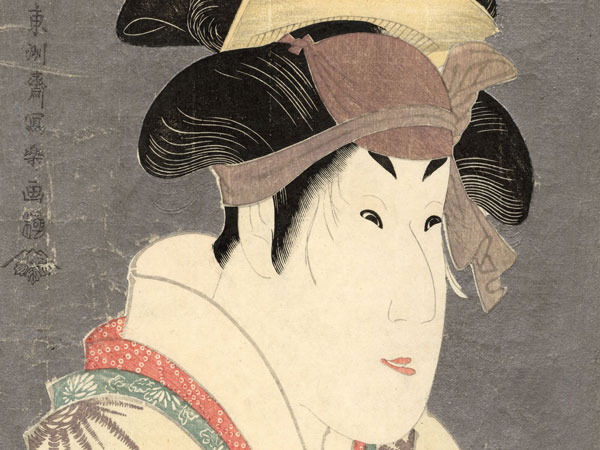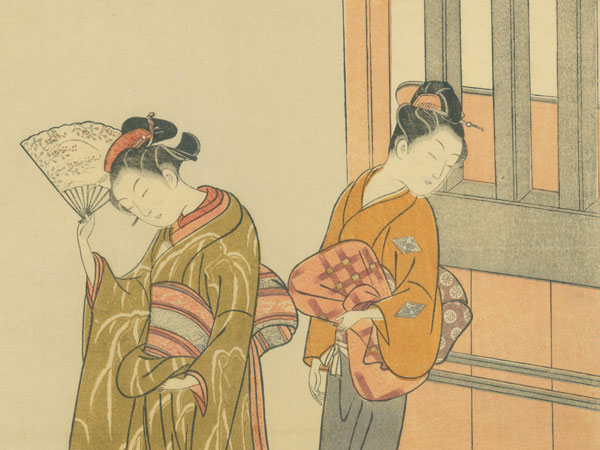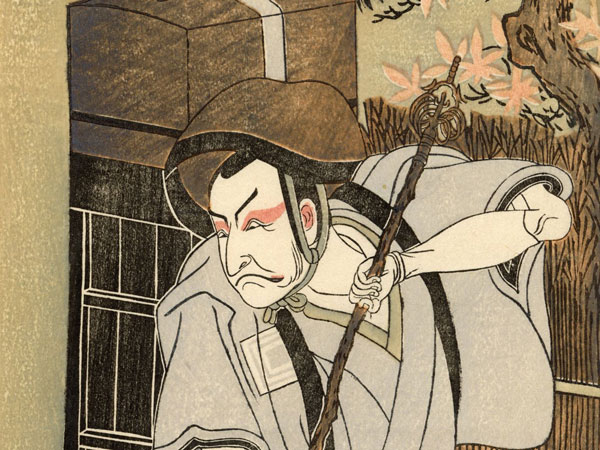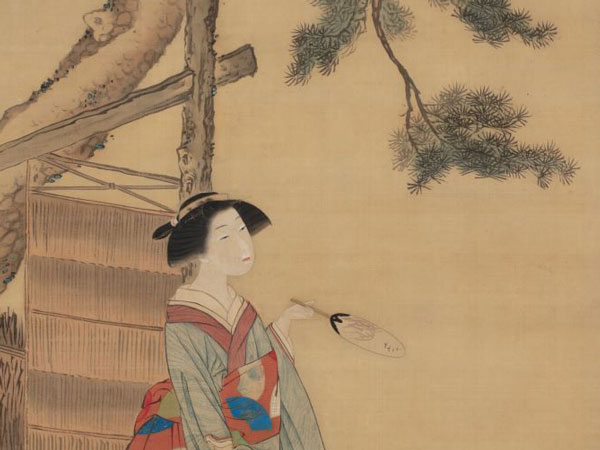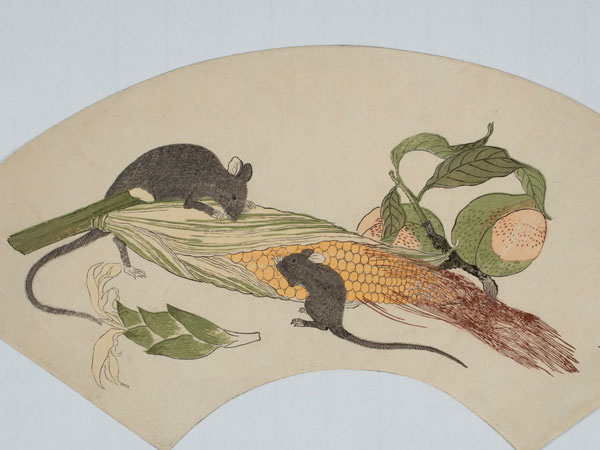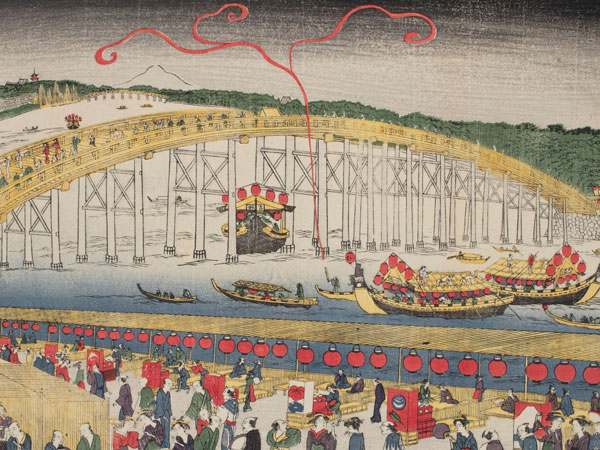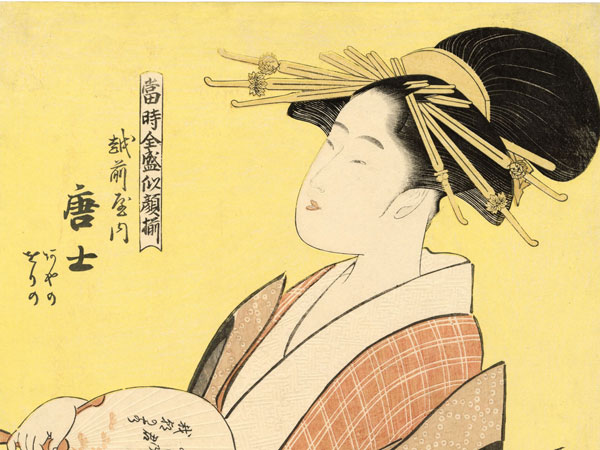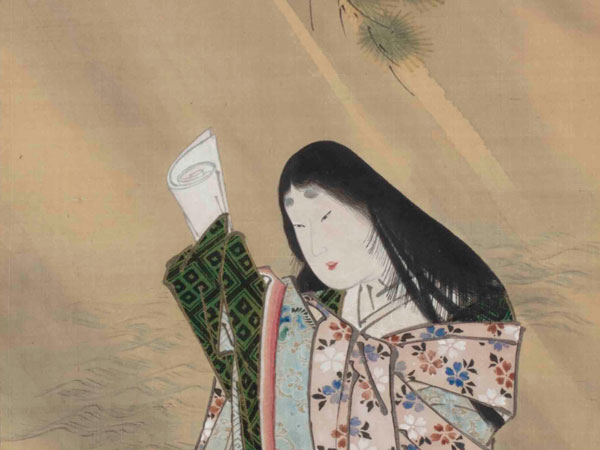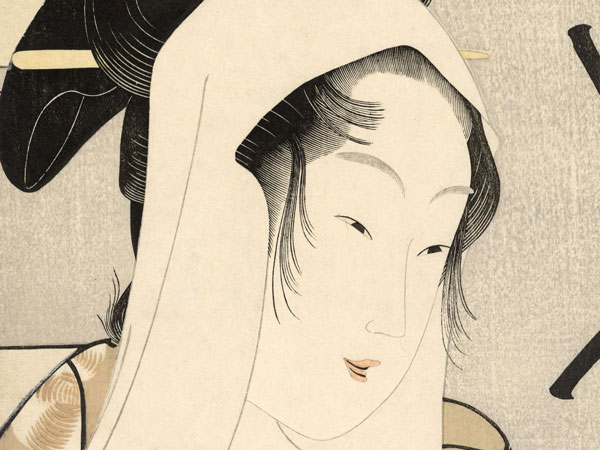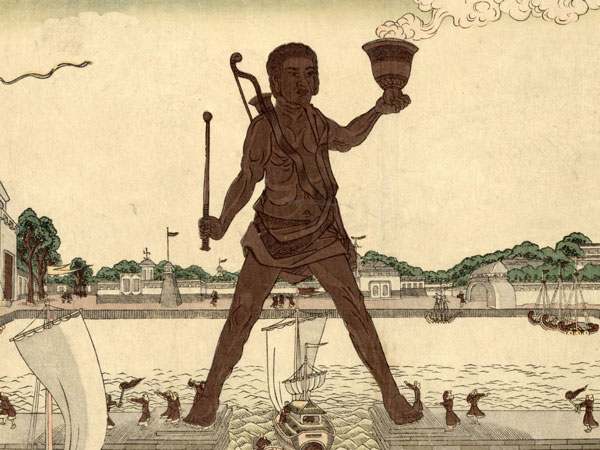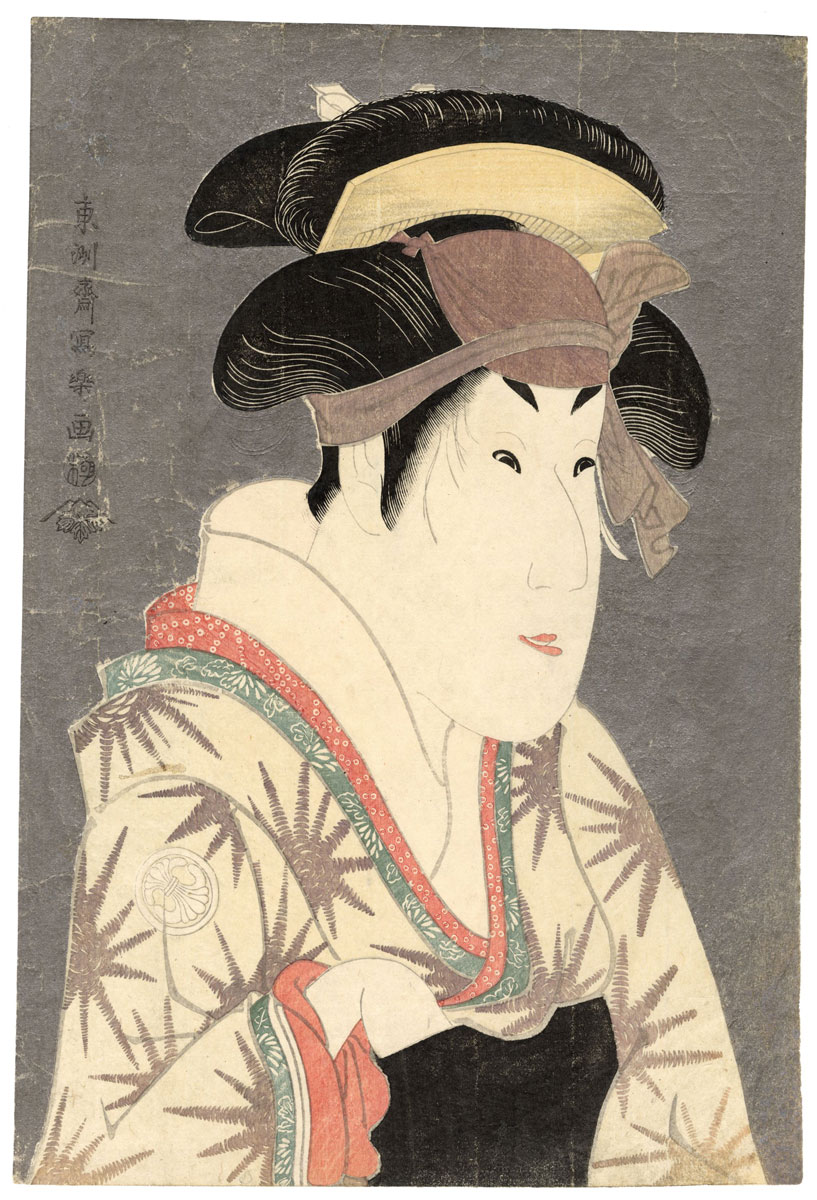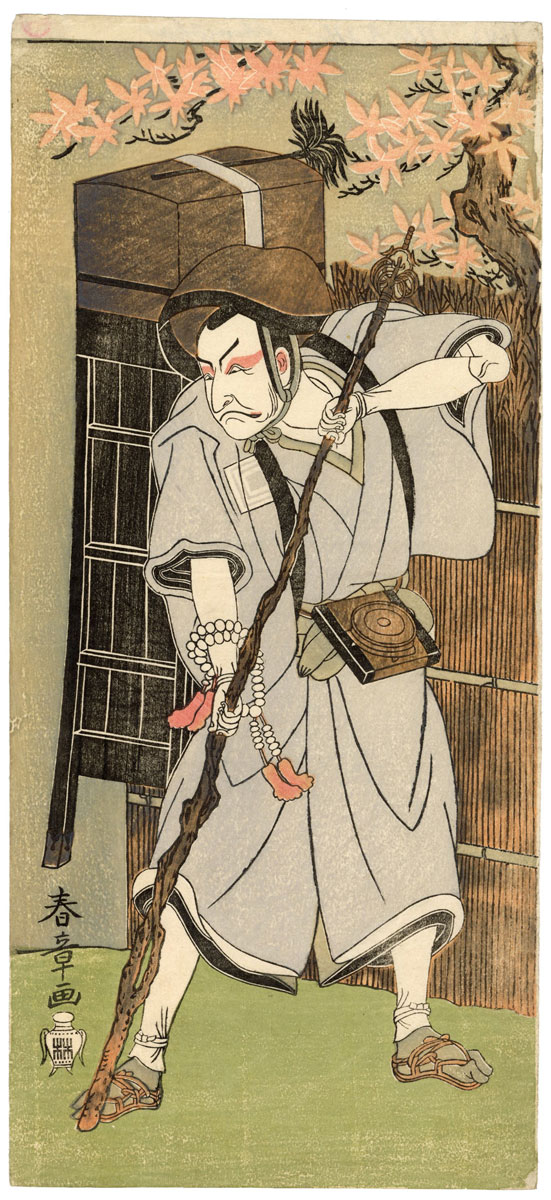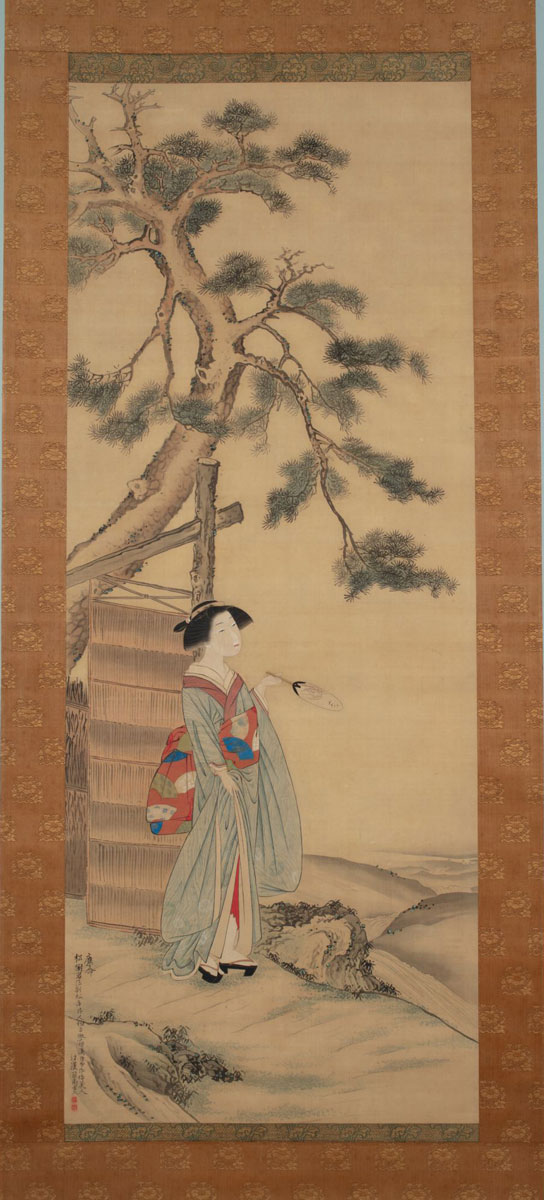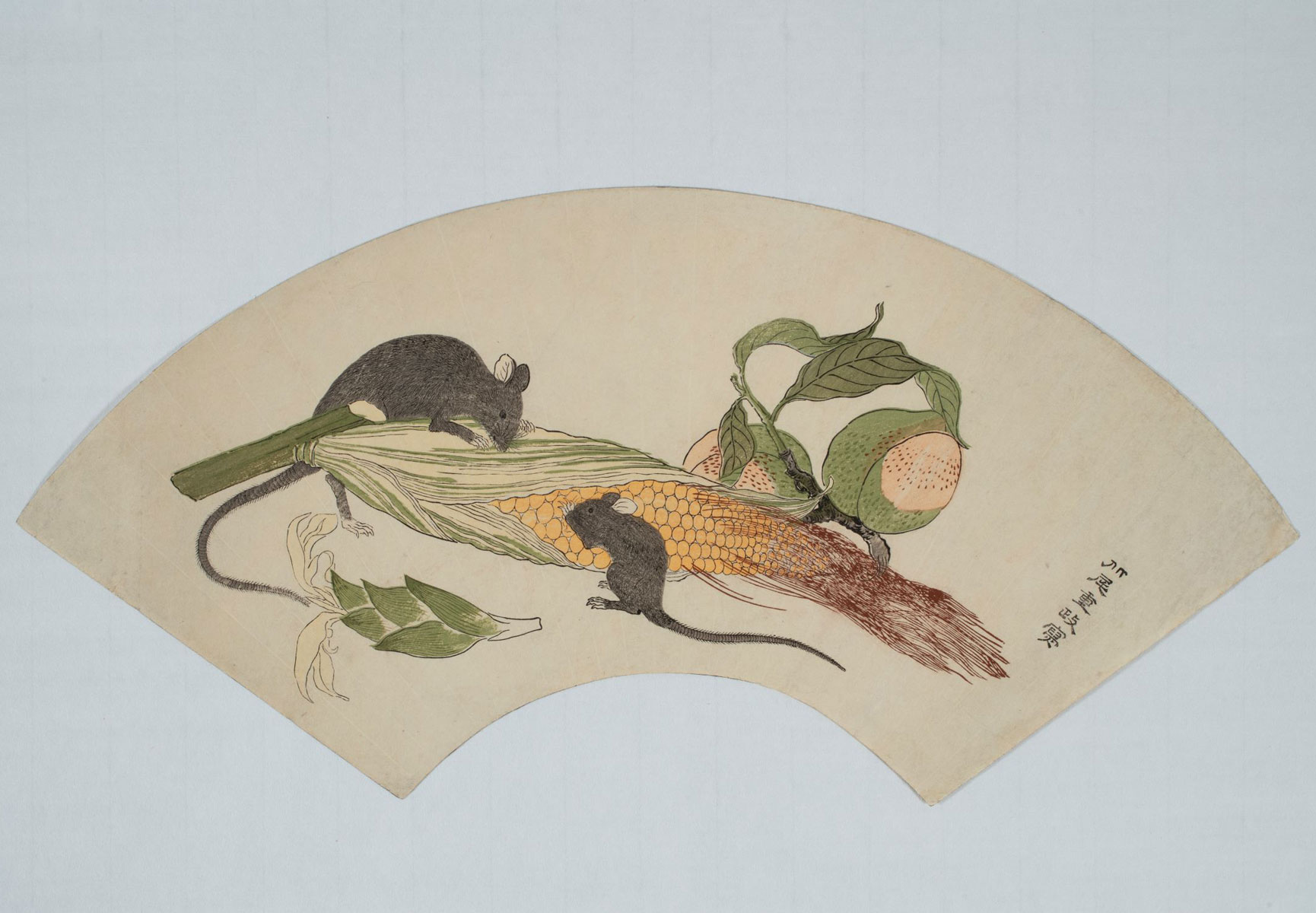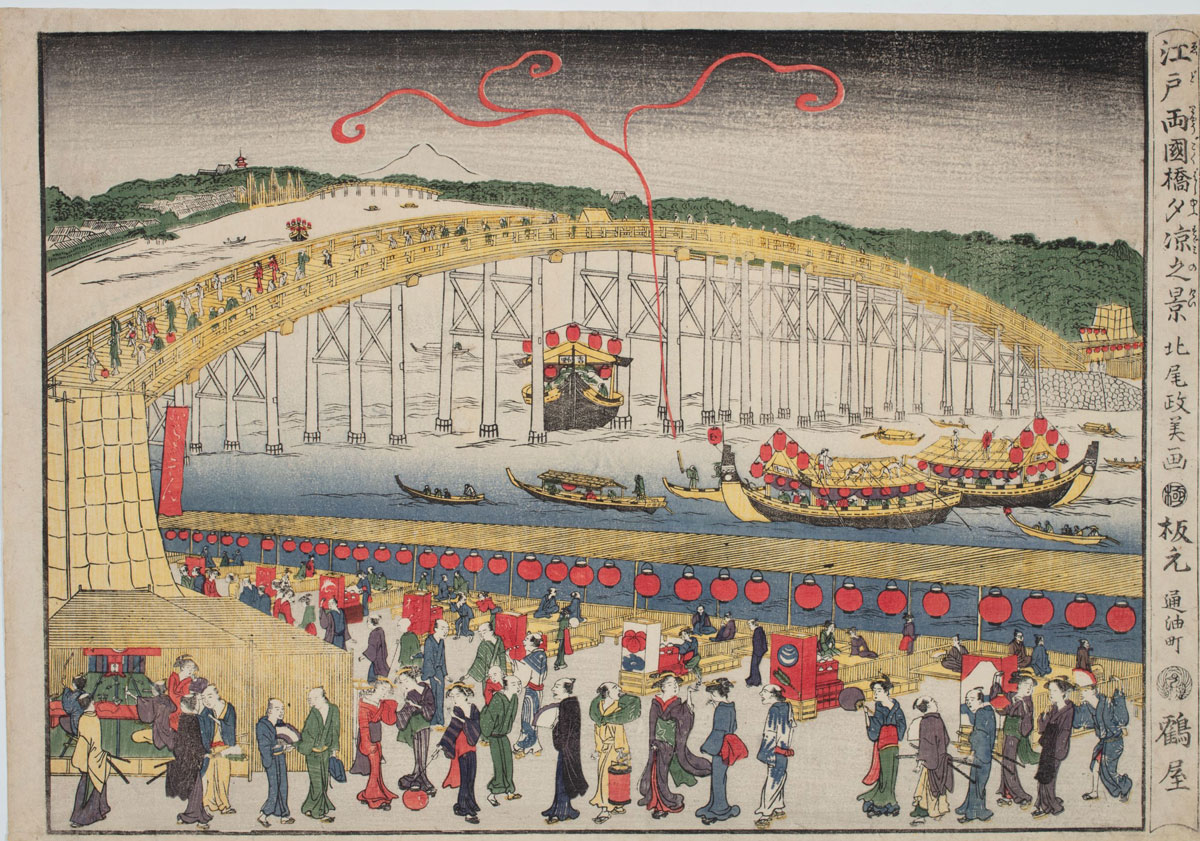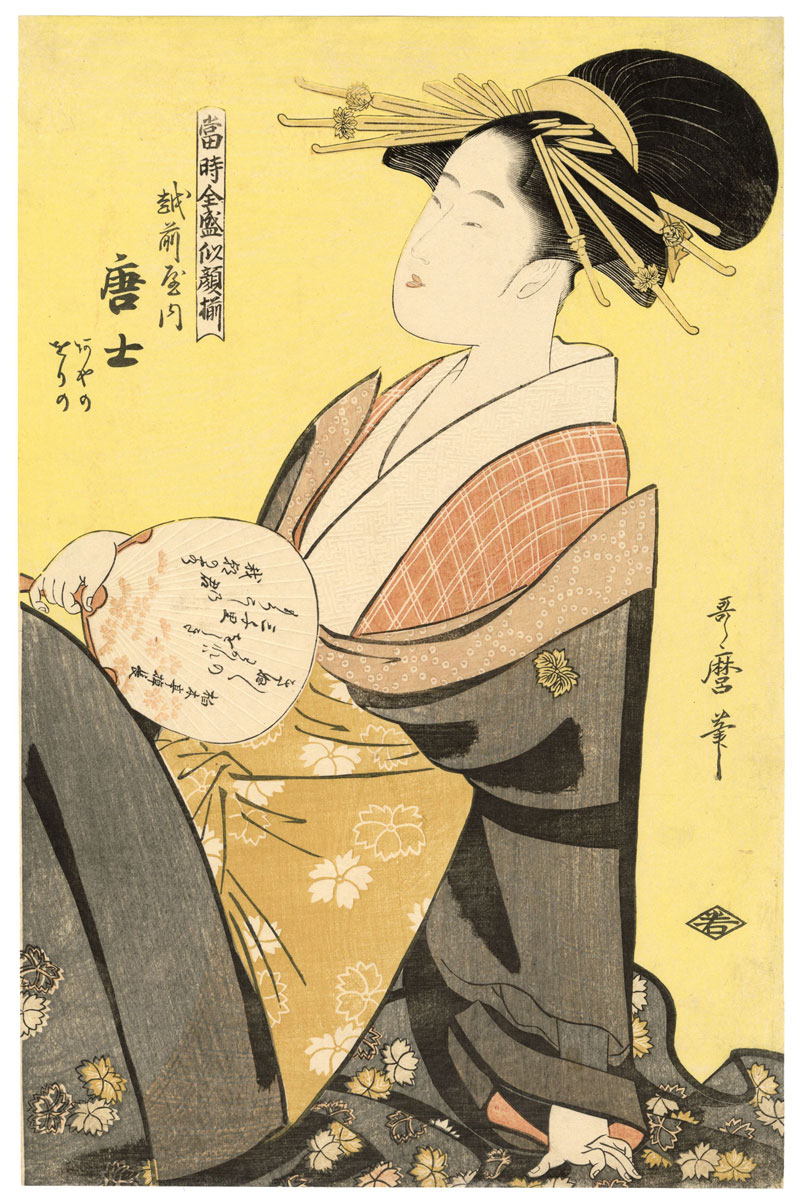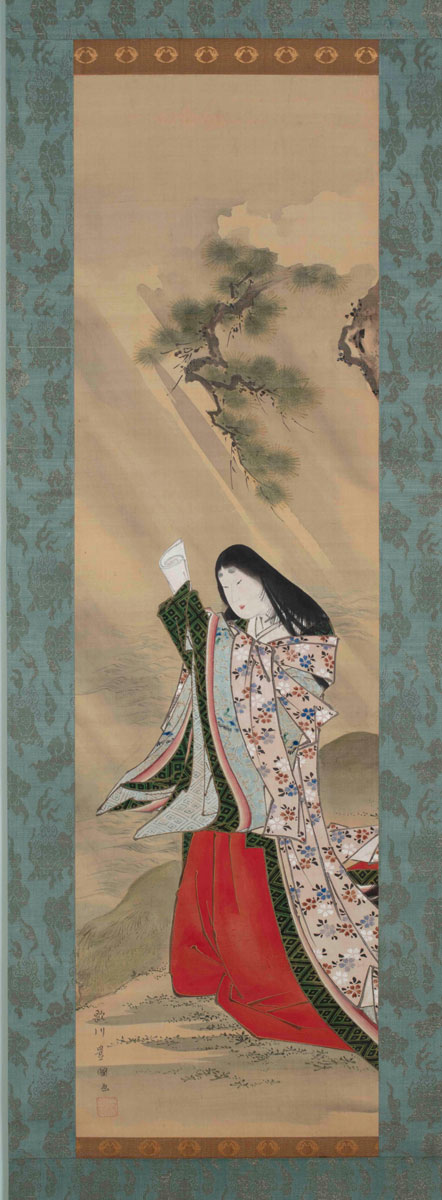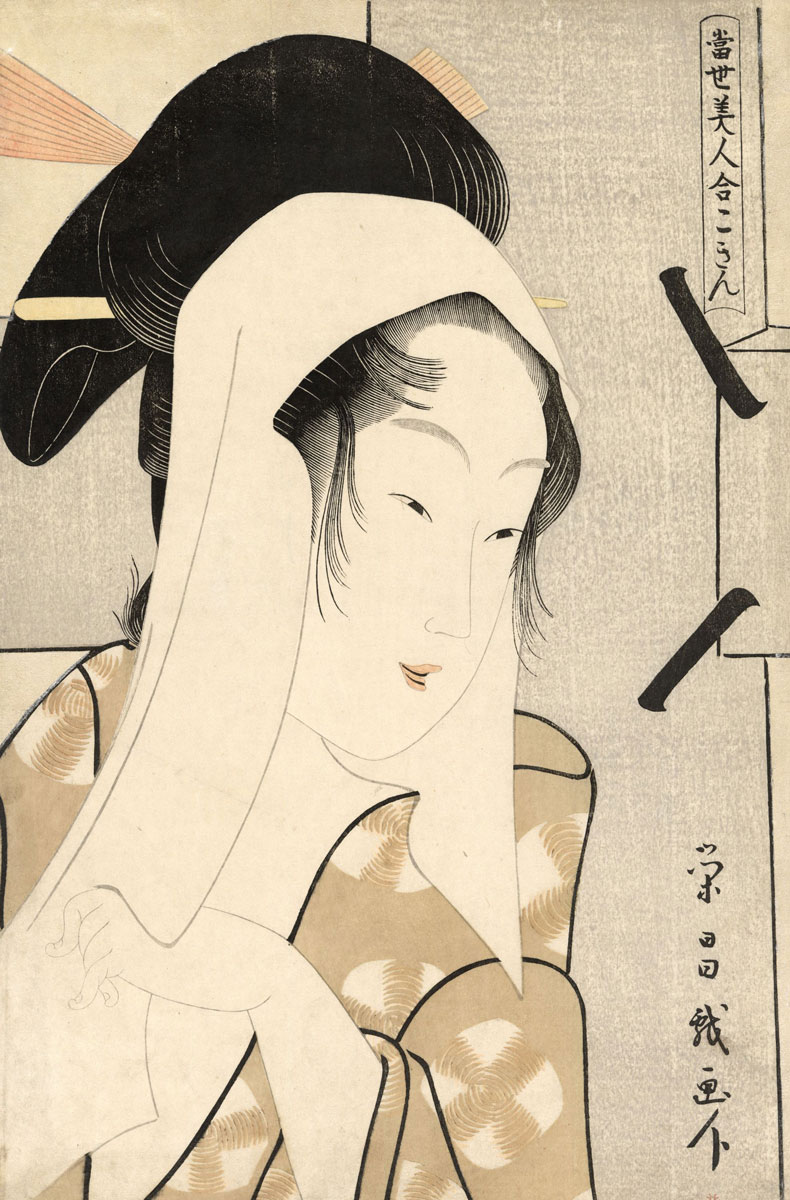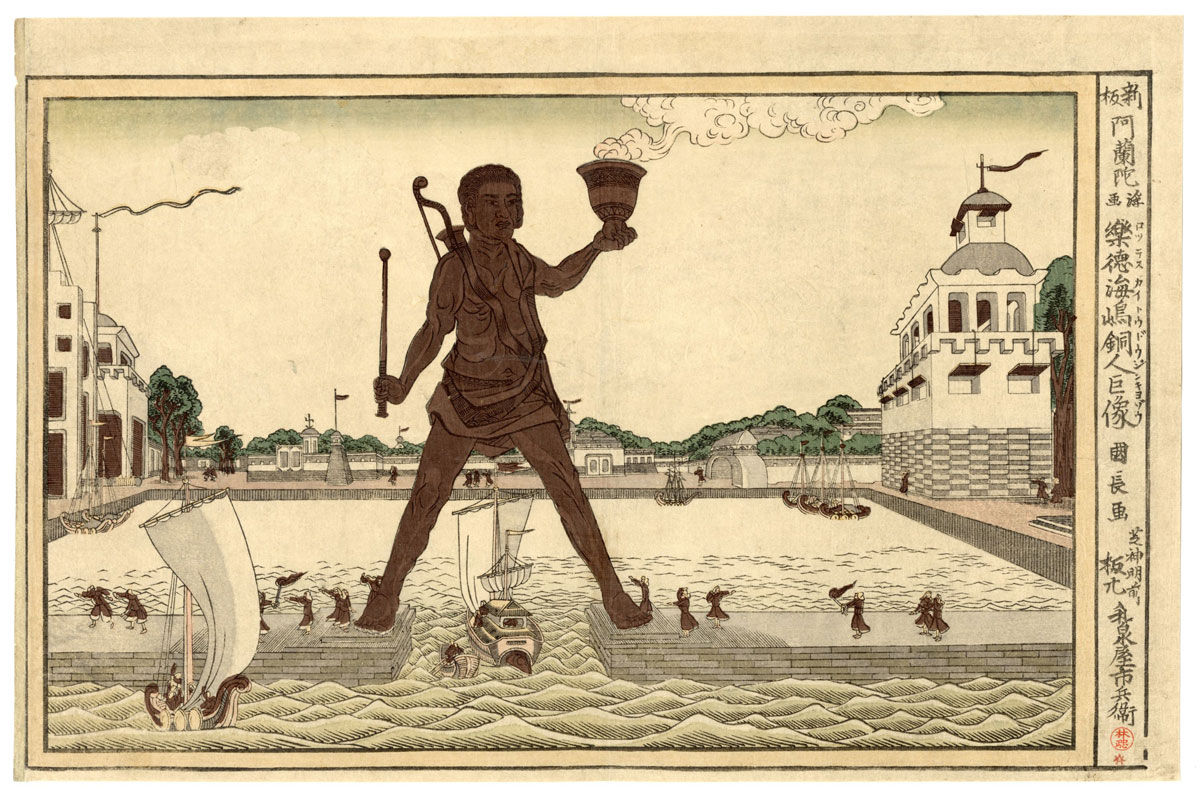ASIA WEEK NEW YORK EXHIBITION
Japanese Prints and Paintings, 1720−1820
March 14 – 21, 2025
Asia Week Hours: Mar 14-15 & 17-21, 11am-5pm (otherwise by appointment)
We are pleased to present Japanese Prints and Paintings, 1720−1820 during Asia Week New York. The paintings and prints in this exhibition begin in the 1720s and end approximately a century later. Many of the technical developments and changes that took place during that time are covered. The most important of these, the introduction of full color printing, is represented by a fine group prints by Suzuki Harunobu, as well as examples by his contemporaries. Harunobu was a late bloomer, and the prints included here survey the last years of his life, beginning with the first print in his ground-breaking series Zashiki hakkei (Eight views of the parlor room).
The end of the 1760s saw idealized portraits of actors replaced by ones more grounded in realistic portrayal, which are represented here by fine works by Ippitsusai Bunchō and Katsukawa Shunshō. The dainty, almost doll-like figures of Harunobu, were also replaced by robust women of Kitao Shigemasa and Isoda Kōryūsai. The transition away from the dominance of Harunobu to the burgeoning influence of Shigemasa, is represented by an important painting by Shiba Kōkan of a young woman in a pastoral setting.
Interest in imported European ideas and images manifested itself in the introduction of uki-e, or “floating pictures,” which allowed landscape artists to move from traditional isometric perspective to indicate depth and volume, to single-point perspective and low picture planes. Examples by Utagawa Toyoharu and other landscapes in the exhibition indicate just how pervasive this interest was.
The golden era of the 1790s includes a very fine example of Tōshūsai Sharaku’s portrait of Segawa Kikunojō III as Ōshizu, performed in the fifth month of 1794. One of the artist’s finest portraits, this specimen has exceptionally well-preserved color, allowing the viewer insights into Sharaku’s skills as a colorist. The portrait is also complemented by four fine prints by Kitagawa Utamaro, in addition to a rare full-length portrait by Sharaku, and others by Katsukawa Shun’ei, Utagawa Toyokuni, and his student Utagawa Kunimasa.
The exhibition concludes with a fine painting by Kubo Shunman, who was a contemporary of both Utamaro and Toyokuni. Shunman was deeply involved with the literary world of his period, and his late painting of a Yoshiwara courtesan celebrating the Hassaku festival held during the summer is accompanied by a text by the noted literatus Kameda Bōsai, detailing the history of the event.
To learn more, click here.
ABOUT THE GALLERY
With over forty years’ experience as an auction-house specialist, appraiser, and dealer in Japanese and Korean art, I formed Sebastian Izzard LLC, a New York company, in 1998 in order to offer the kind of personal expertise, attention, and insights that are especially valuable to discriminating collectors world-wide. As a company we deal in all periods, from early to modern, the principal criterion being one of quality. Regular travel in the United States and overseas, to Japan and Europe, keeps us abreast of the international market and in touch with a global network. We welcome inquiries from clients old and new, whether prompted by an interest in the purchase or sale of works of art, in our exhibitions and catalogues, or in our appraisal and consulting services.
